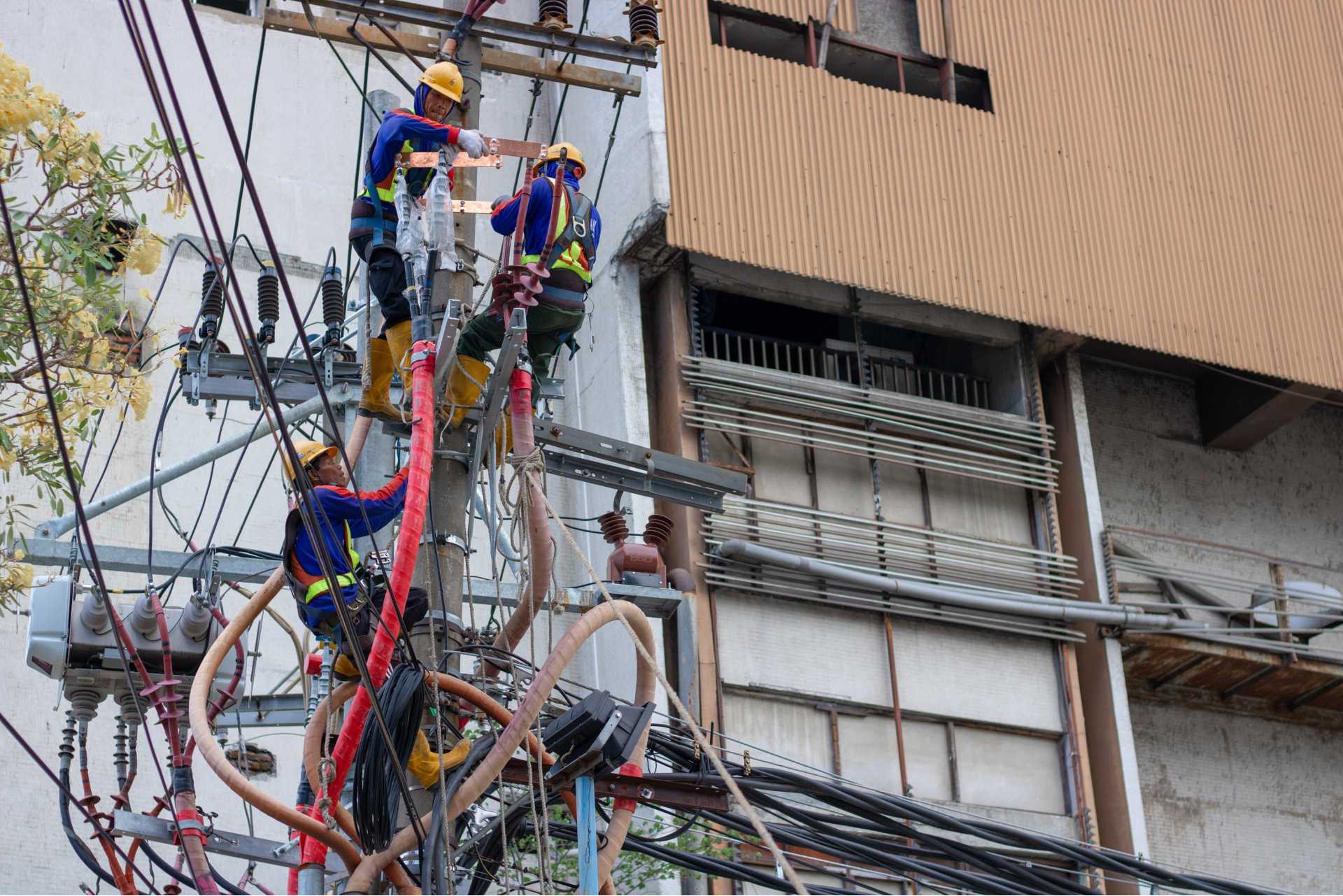8 Ways Electricians Can Ensure More Proactive Building Maintenance
August 21, 2020
When it comes to maintenance, there is a big difference between proactive and reactive building maintenance. That difference can also mean thousands of dollars saved or thousands of dollars lost. One of the best ways to stay on budget and avoid unfortunate (and costly) surprises is to regularly practice proactive building maintenance. In fact, NFPA 70B – the official guidelines for electrical safety in the workplace – states that “a well-administered electrical preventative maintenance program will reduce accidents, save lives, and minimize costly breakdowns and unplanned shutdowns of equipment.”
We’ve broken down eight ways that electricians can ensure they are practicing proactive building maintenance.


1. Develop preventive maintenance inspections/task lists
Doing so will minimize the chances that a piece of equipment or electrical wiring will break down and require emergency maintenance. Emergencies are always more expensive than planning ahead; and creating a list to keep you organized will make it that much easier.
2. Manage and organize all electrical documentation/drawings
How often has a machine not been repaired in an adequate time frame because it wasn’t recorded correctly? The best place to start is to gather all paper documentation for a single piece of equipment and then check to make sure everything is updated and correct. For most buildings and businesses, this step will take the longest; but the end result is worth it. And once your system is in order, it is much easier to manage.
3. Regularly clean and inspect electrical system components
Cleaning and ensuring that your electrical system components or power distribution are running properly can prevent costly repairs later on. Catching small repairs before they become large, costly repairs is an essential part of preventative maintenance.
4. Maintain a regular testing and diagnostics schedule
Whether that’s running infrared diagnostics on your power components or testing the efficiency and functionality of the entire electrical system, just like routine maintenance, can be a lifesaver. The reality is that most techs won’t know a component is broken until it fails to function properly; maintenance will only get you so far!
5. Keep an eye out for electrical issues that are about to occur
As you work, have your team keep an eye out for electrical failures that may be about to occur: exposed wires, missing cover plates, open cabinets, loose brackets, damaged equipment, etc. Many of us regularly pass by potential failures on a daily basis; in the moment, they may go unnoticed and unaddressed, only to cause issues the following week or even the next day. Make it a point to go to the facility or building and identify or list out potential electrical problems. Break the list down into three categories: immediate threats, short-term threats, and long-term threats (issues that could occur in several months or years). Ensure that each of your technicians has the list handy so they can check off items whenever they have some spare time.
6. Centralize your data on an electrical infrastructure management software
Implementing and utilizing a electrical infrastructure management software like CriticalAsset can help you organize, schedule, and delegate maintenance tasks throughout the year. Digitizing tasks and scheduling them out ahead of time will prevent you and your team from allowing certain items to go unfinished; being able to assign them to certain employees and technicians will ensure that each member of the team knows what he or she needs to do and by when. All of this will help your maintenance program to run smoothly and efficiently.
7. Understand the potential causes of failure for all new equipment
For all new assets and equipment, it’s essential to perform a full analysis of potential causes of failure. Determining how, when, and why a new piece of equipment may fail or break down (and what the potential effects of that may be) will help you and your technicians create a proactive maintenance schedule for the asset. Once you have completed this type of assessment for all of the building’s assets, you and your team will be in a better position to stay on top of a preventative maintenance program.
8. Ensure all employees and technicians are trained to spot potential issues
Developing an effective training strategy for incoming technicians, and even regular safety reviews for current employees, will help to maintain a safer work environment and mitigate the potential for emergency repairs. It’s a good idea to include an overview of specific NFPA 70E guidelines, as well as a list of routine, preventative maintenance tasks. Keeping all of your employees on the same page will ensure that everyone is working toward the same maintenance goals.
Now more than ever, OSHA and NFPA 70E are mandating facilities and commercial buildings to perform electrical preventive maintenance on their equipment; especially the electrical components and systems. Stay in compliance, avoid costly fines, and keep your employees safe by implementing a proactive building maintenance program.

CriticalAsset eliminates the hassles of facilities asset management, allowing you to effortlessly manage and track all your infrastructure assets and devices in one place, saving you time and money. Sign up for a free trial.



